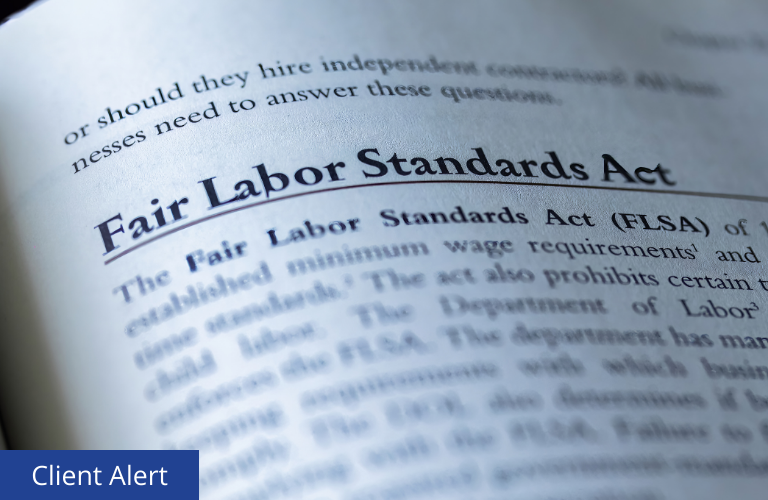
USA Scheinselbständigkeit: Department of Labor veröffentlicht neue Regeln

On January 10, 2024, the U.S. Department of Labor (DOL) published its Final Rule amending the criteria used to determine whether a worker qualifies as an employee or an independent contractor under the Fair Labor Standards Act (FLSA). The Final Rule is available here. While the Final Rule goes into effect March 11, 2024, legal challenges are expected and may impact when or if the Final Rule takes effect.
The Final Rule rescinds the preceding 2021 rule and replaces it with six-factor test focused on the “economic reality” of the relationship between a potential employer and a worker to determine whether a worker is economically dependent on an employer. Historically, both courts and the DOL applying the economic realities test have analyzed multiple factors to determine whether a worker is an employee or an independent contractor, with no factor or factors having predetermined weight.
The Final Rule provides six, non-exhaustive factors to be used as part of the economic reality test, which are:
- Opportunity for profit or loss depending on managerial skill;
- Investments by the worker and the potential employer;
- Degree of permanence of the work relationship;
- Nature and degree of control;
- Extent to which the work performed is an integral part of the potential employer’s business; and
- Skill and initiative.
No one factor is determinative; rather, the court and/or DOL will evaluate all the circumstances of the relationship. The courts and the DOL have applied these factors, or some similar variation of them, for more than 70 years, which provides ample basis for understanding each factor. In addition to the caselaw, 29 CFR 795.110 (available here) will, effective March 11, 2024, also include additional information intended to assist in the independent contractor classification analysis under the economic realities test. The DOL has also published frequently asked questions, available here.
While the Final Rule may be subject to legal challenges, DOL investigators may rely upon the Final Rule in conducting their audit and/or investigation. As such, employers should carefully review and evaluate their classification practices.
If you have any questions regarding the issues raised in this client alert, please contact your Labor and Employment counsel at Smith, Gambrell & Russell, LLP.



